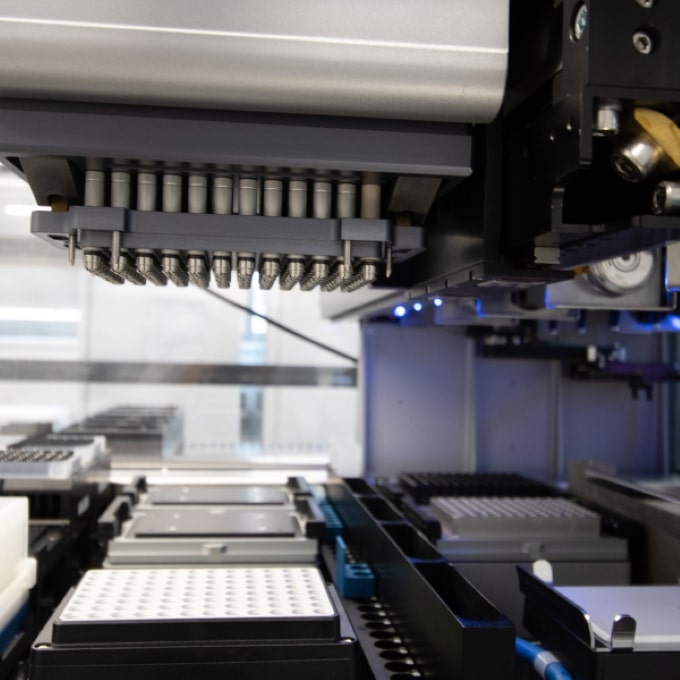Flexible and scalable cfDNA purification
Extraction is easily scalable to suit your laboratory needs, with a range of input volumes from 0.5-10 ml and manual and automated protocols.
Fully automated or manual protocol
From lysis through to separation, the protocol can be fully automated and is compatible with most open-source liquid handlers.
Maximize cfDNA yield for every sample
High binding capacity beads maximize cfDNA recovery and an elution volume as low as 30 µl ensures cfDNA is concentrated enough for downstream applications without the need for DNA vacuum concentration.
Quality cfDNA output for applications such as NGS
The reversible nucleic acid-binding properties of paramagnetic particles along with an optimized binding system that targets recovery of small cfDNA fragments and minimizes gDNA contamination.
Simple, scalable cfDNA extraction from plasma or serum
The utility of cell-free DNA (cfDNA) in both translational research and diagnostic settings has increased dramatically since its discovery.
Extracting cfDNA from biological samples can be challenging due to its low concentration and small fragment size. It is also critical to minimize genomic DNA (gDNA) contamination from white blood cells, to achieve accurate cfDNA analysis. Therefore a cfDNA isolation method that is highly efficient at recovering smaller fragment sizes is highly desirable.
To address this need, Nonacus have developed a flexible and scalable bead-based cfDNA extraction kit that is able to quickly and efficiently isolate high quality cfDNA from up to 10 ml plasma or serum samples.
Flexible cell-free DNA purification
The Bead Xtract cfDNA kit is simple and easy to use and is completely scalable to fit with your sample requirements. A flexible input volume of 0.5-10 ml plasma or serum avoids the requirement for multiple cfDNA extractions, saving you precious time and resources.
The Bead Xtract cfDNA protocol offers ultimate user flexibility, as it can be run manually or as a fully automated process and is highly compatible with a range of open-source liquid handlers.
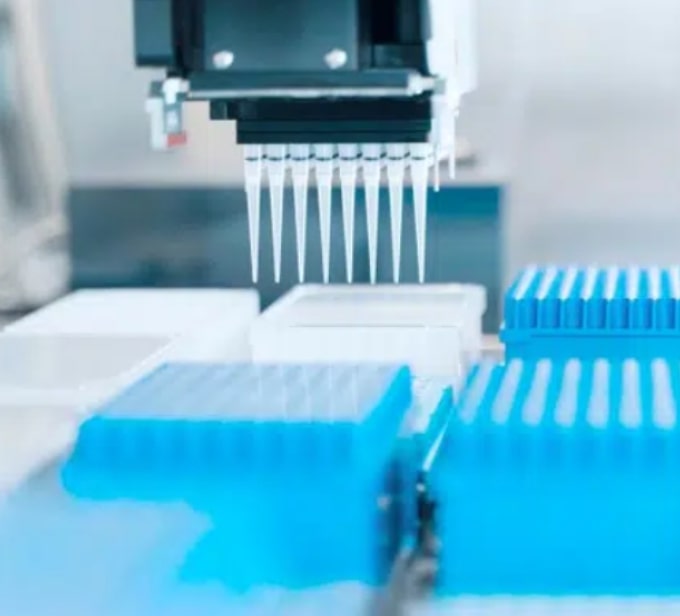
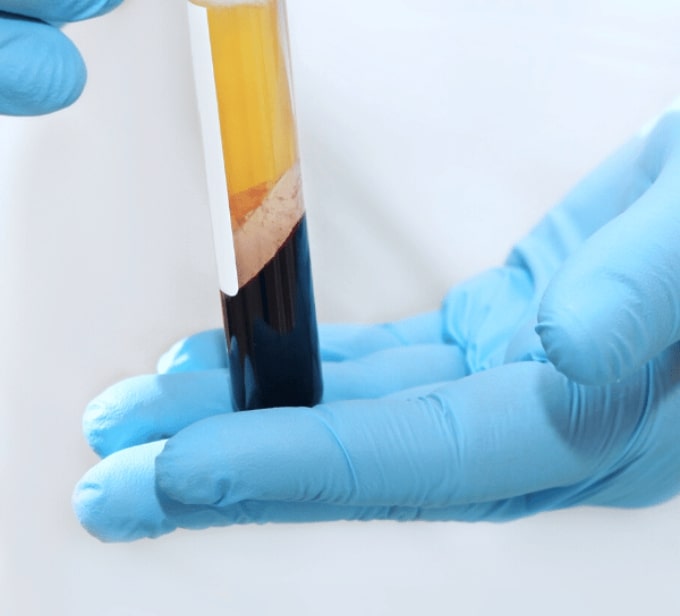
Maximize cfDNA yield
The high binding capacity of the paramagnetic particles used in the Nonacus Bead Xtract cfDNA kit maximizes cfDNA yield from plasma samples. It also reduces the volume of particles required to isolate the cfDNA so that an elution volume as low as 30 µl can be achieved even with very large volumes of plasma.
High performance cfDNA extraction
We compared the DNA extraction yield (ng) of the Bead Xtract cfDNA extraction kit to a range of spin-column and bead-based cfDNA extraction kits currently available on the market. DNA extraction was performed manually using 1 ml plasma replicates following the individual company instructions and DNA quantification showed that the Bead Xtract cfDNA kit outperformed the other extraction methods (Figure 1).
The Bead Xtract cfDNA kit and protocol are optimized for recovering smaller DNA fragments ensuring that cfDNA yield is maximized. Figure 2 shows typical nucleosomal patterning indicative of successful cfDNA isolation and minimal gDNA contamination. This ensures that high quality cfDNA is recovered from your samples enabling more sensitive detection of genomic.
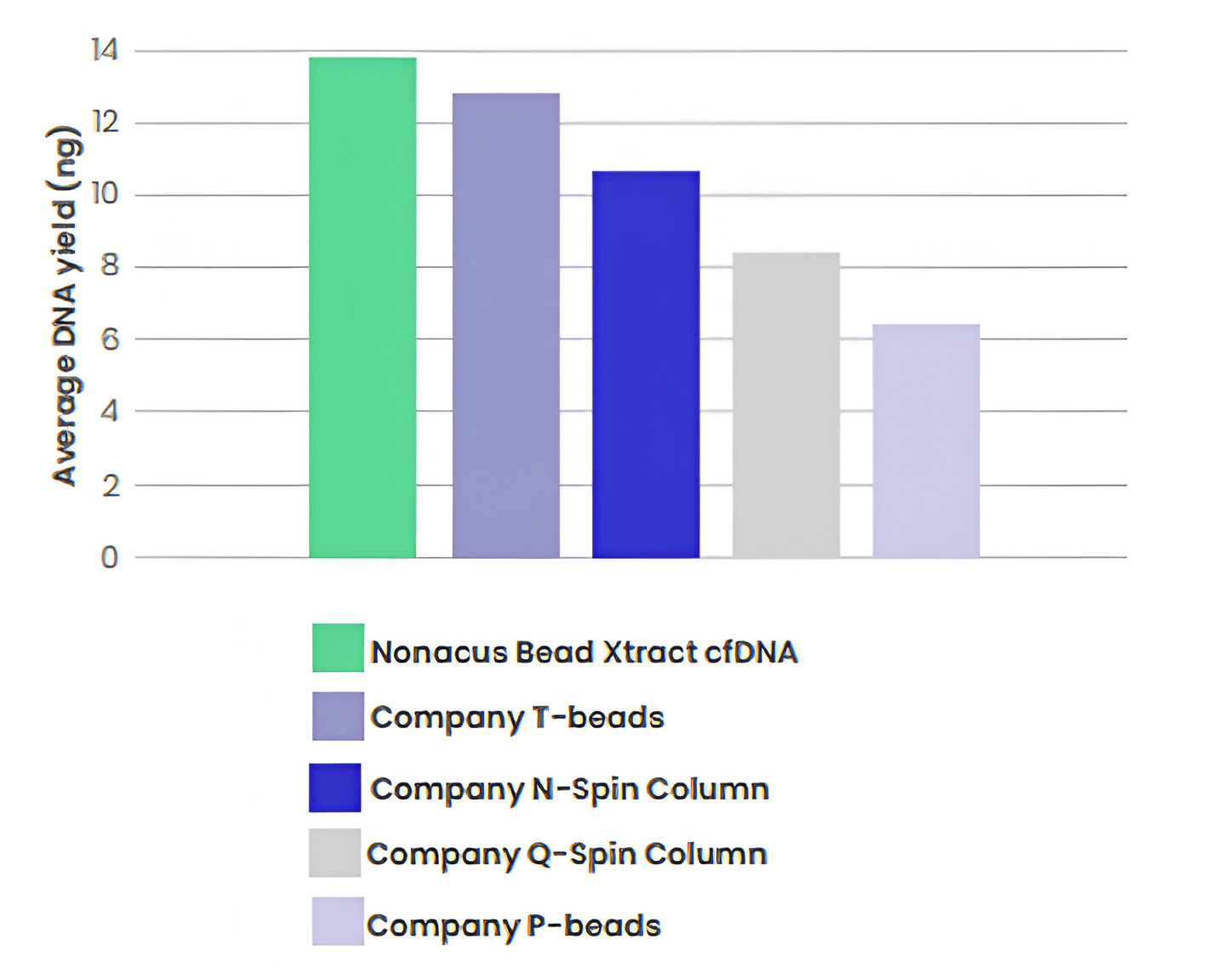
Figure 1: Average DNA yield (ng) extracted from 1 ml plasma replicates using a range of different bead-based and spin-column based extraction kits. cfDNA was extracted following the manufacturer's instructions and eluted into 50 µl of elution buffer. DNA concentration was determined using high sensitivity reagents on the Qubit 3.0 (Invitrogen).
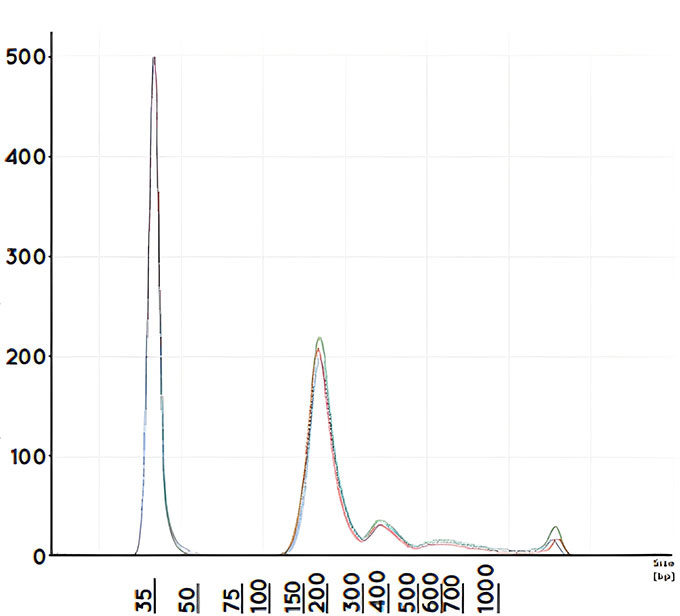
Figure 2: Automated cfDNA extraction using the Bead Xtract cfDNA kit shows expected nucleosomal patterning typical of cfDNA fragment distribution and low gDNA contamination. 4 ml replicates performed on the Hamilton ML STAR and eluted in 50 µl of buffer. Purified DNA was analyzed on the Agilent 4200 Tapestation
Streamlined workflow
The properties of the paramagnetic particles in the Bead Xtract cfDNA kit ensure fast magnetic separation even when using large volumes of plasma.
The elimination of funnels and vacuum steps streamlines the process so that manual extraction takes less than 70 minutes with a hands-on time of under 30 minutes.


Automated cfDNA extraction
The Bead Xtract cfDNA protocol offers users flexibility to be run manually or as a fully automated process to suit laboratory and sample throughputs. Validation of automated isolation from lysis to extraction has been performed on the Hamilton ML STAR but protocols and scripts are available for a range of open-ended liquid handlers. Please contact our technical support team for more information.
Fully automated cfDNA extraction requires just 30 minutes set-up time and has been shown to generate highly concordant results with manual processing.
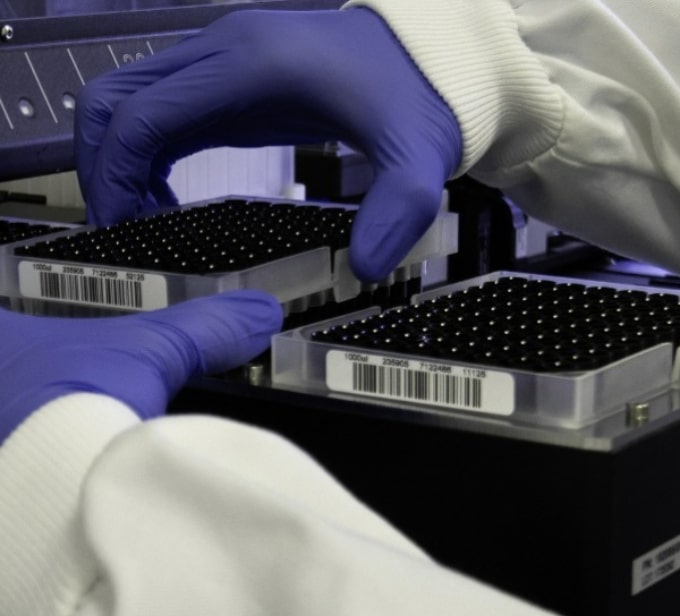
For Research Use Only. Not for use in diagnostic procedures.
See our customer publications
| Product | Catalog No. |
| Bead Xtract cfDNA, 20 (1 ml) extractions | PRE_EXT_BXC_20 |
| Bead Xtract, cfDNA 200 (1 ml) extractions | PRE_EXT_BXC_200 |
| Bead Xtract, cfDNA 800 (1 ml) extractions | PRE_EXT_BXC_800 |
How should I store the plasma sample prior to cell-free DNA extraction?
Plasma can be stored at -20°C for long term storage, and we recommend using DNA LoBind tubes for this purpose. Prior to cell-free DNA extraction, the plasma sample should be thawed at room temperature or in a heat block or water bath at 37°C.
How should I store my eluted cell-free DNA sample?
Eluted DNA can be used immediately for downstream applications or stored at ≤ -20°C. We recommend using DNA LoBind tubes for storing DNA samples.
How can I remove any precipitates from the buffers in my extraction kit?
During shipment or storage in cool ambient conditions, precipitates may form in some buffers. Dissolve such deposits by warming the solution at 37°C and gently shaking.
How can I ensure that the magnetic beads are fully resuspended in solution when using the Bead Xtract cfDNA kit?
The magnetic beads need to be shaken or vortexed to fully resuspend the particles before use. Once the magnetic beads have been added to the sample, the sample must be mixed throughout the 10 minute incubation period by shaking, rocking or inverting to keep the magnetic beads resuspended in solution.
Can I elute in water instead of the supplied buffer which contains EDTA?
Our elution buffer consists of 10 mM Tris-HCl, pH 8.5, 0.1 mM EDTA; therefore, this low level of EDTA should not affect most downstream applications, including NGS library prep. It is perfectly fine to use water in place of the supplied buffer to elute your cell-free DNA. If doing so, please ensure that the pH is >6.0 and that it is nuclease free. However, if you are storing your samples long term prior to library preparation, the buffer should be used and your sample quality checked before you proceed with your downstream application.
